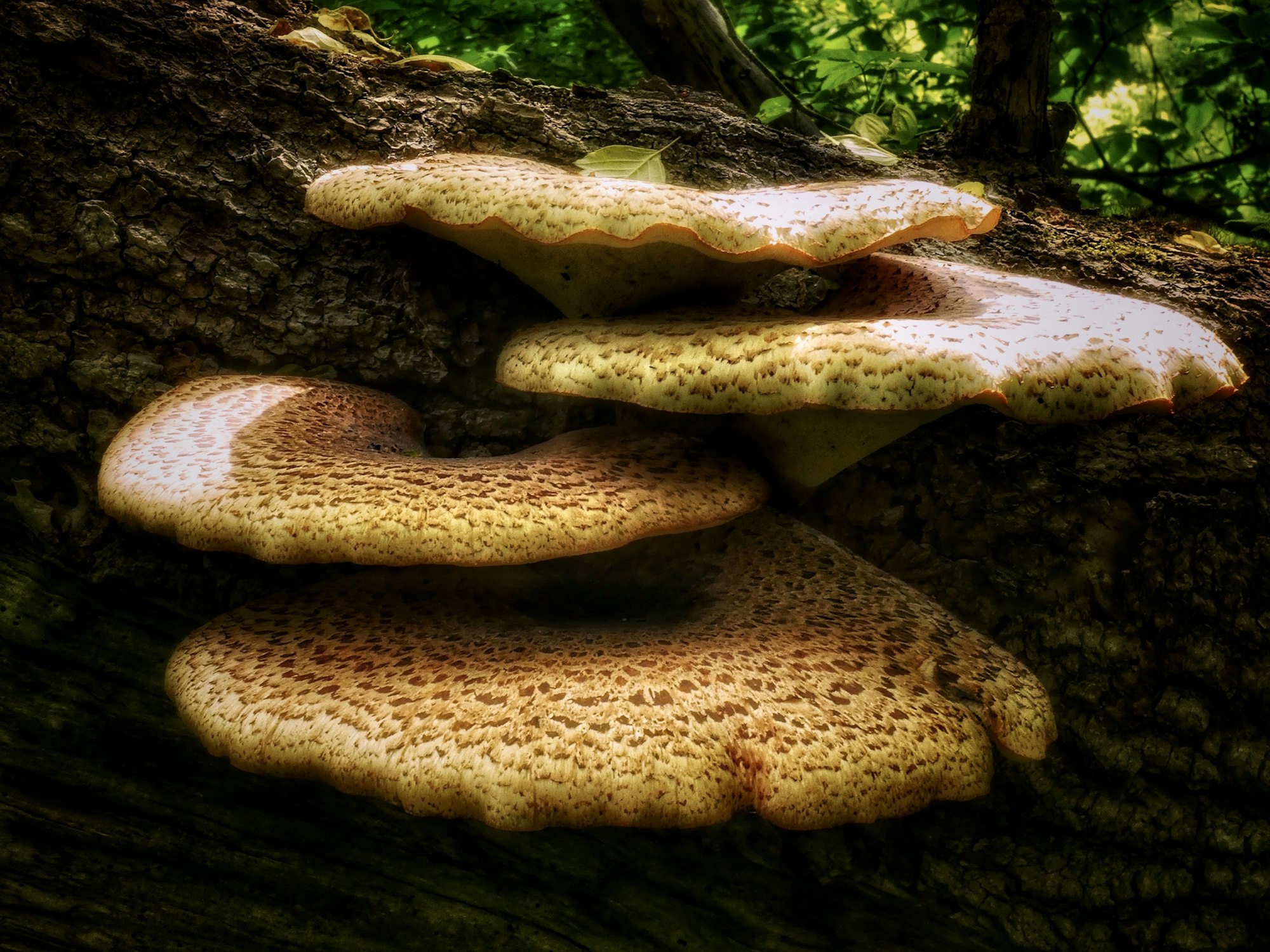
The thrill of the hunt, the satisfaction of self-sufficiency, and the reward of a delicious, homegrown meal – these are just some of the reasons why mushroom foraging has become increasingly popular. However, venturing into the world of wild mushrooms requires caution. Misidentification can have serious consequences, so prioritizing safety is paramount.
This article is not a guide to identifying specific edible mushrooms. Instead, it serves as a primer on responsible and safe mushroom foraging, emphasizing the importance of expert guidance.
North America boasts a vast array of mushroom species, with some offering a delectable culinary experience. Unfortunately, many others are poisonous, and some can be deadly. Consuming the wrong mushroom can lead to a range of symptoms, from mild stomach upset to liver failure and even death.
The tricky part? Even experienced foragers can be fooled by look-alikes. A seemingly harmless mushroom might closely resemble a highly toxic one. There’s no single foolproof method for identifying edible mushrooms in the wild. Relying on a single characteristic, like color or cap shape, is a recipe for disaster.
Before embarking on your mushroom foraging adventure, prioritize safety by following these steps:
Mushroom foraging is a privilege, and with that privilege comes responsibility. Here are some key points to remember:
For a safer and more controlled approach, consider cultivating your own mushrooms at home. Many edible mushroom varieties can be easily grown indoors with the right setup. This allows you to enjoy the satisfaction of homegrown produce without the risks associated with wild foraging.
There are numerous resources available online and in gardening stores to help you get started with mushroom cultivation. This is a fantastic option for those who want to enjoy the bounty of mushrooms without venturing into the wild.
Mushroom foraging can be a rewarding and enriching experience, but it’s important to prioritize safety above all else. By following these guidelines and seeking expert guidance, you can minimize the risks and enjoy the many benefits of exploring the fascinating world of wild mushrooms.
Remember, the thrill of the hunt is never worth risking your health. Always prioritize safety and responsible foraging practices.